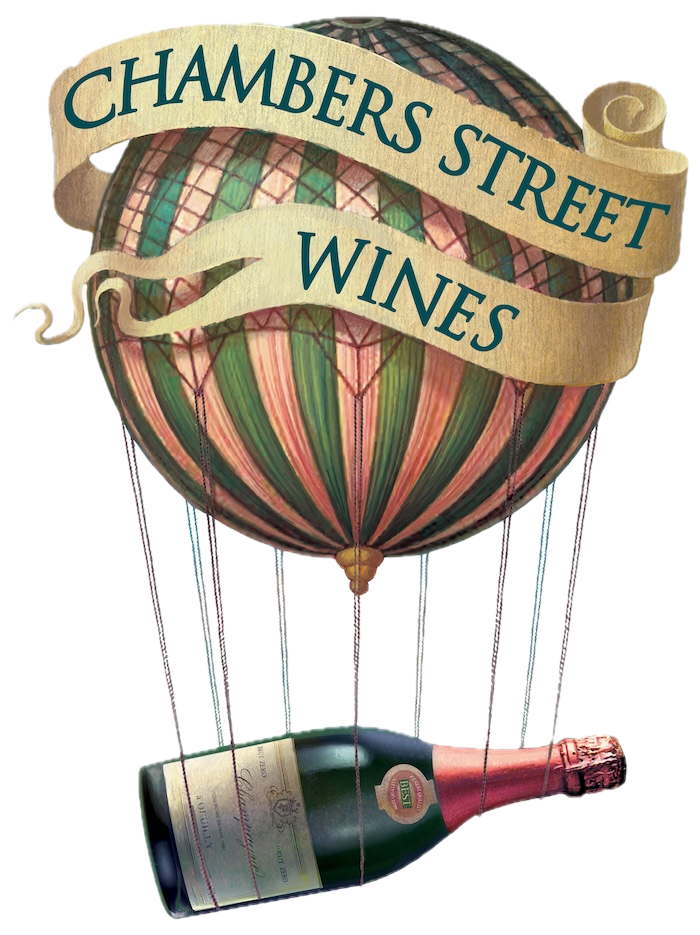Experimental and Controversial Champagnes from Ulysse Collin

My first winery visit in Champagne – in the winter of 2011 – was to Olivier Collin of Domaine Ulysse Collin in Congy. I confess at the time I did not understand Collin’s wines; I had far less context and less tasting experience, and Collin’s wines are unusual. In retrospect – with several visits to the region now under my belt – it seems like an odd (though excellent) first visit. For starters, Congy is in the Sézannais, which is an off-the-beaten-path part of Champagne, south and west of the Côtes des Blancs and north and east of the Côtes de Sézanne. There are no Grand or 1er Crus in the Sézannais. Second, the story of Olivier’s ascendance to winemaking is singular. The Collin family vines had been rented to Pommery in an incredibly binding lease and during the late ‘90s Olivier studied law with the intention of legally reclaiming the vines. Then he discretely popped up to Avize for a life-changing apprenticeship with Anselme Selosse in the early 2000s. In 2003, he was poised and ready to begin his own winemaking endeavor, borrowing heavily from what he had learned from Selosse about biodynamics, healthy soil, wines of terroir, etc… However a spring frost ruined the 2003 crop, meaning that Collin’s first vintage, made from a 1.2 hectare parcel called “Les Pierrières,” was 2004.
Since 2004, Collin has become one of the most interesting “new wave” Champagne vignerons (meaning a grower making single-vineyard, ultra terroir specific wines). There’s great attention to both vineyard and cellar work at Domaine Ulysse Collin and Collin’s importer (LDM) points out that once he had reclaimed the family land, his first purchases were a tractor to work the soil and a set of used Burgundy barrels to ferment his base wines. Work in the vines is essentially organic and progressing further in that direction each year as Collin’s operation expands and develops (he now farms just shy of 9 hectares). In the cellar, Collin uses a special square press, which he feels better extracts minerals and tannins from the juice. Fermentations take place with native yeast and are generally quite lengthy. The base wines then spend an additional year or more in barrel before the second fermentation. Collin’s is very much a project of patience. Like several other notable contemporaries such as Cédric Bouchard, the chief goal is to make great still wine; the bubbles are for lift and liveliness. Like Bouchard’s wines, Collin’s are bottled under fewer atmospheres of pressure.
What makes Olivier Collin’s wines experimental and controversial? We’d say “taste one and find out!” The grapes are harvested extremely ripe, often at over 12 degrees potential alcohol, and they are bottled with almost no dosage (1-2 grams). They are distinct, vinous Champagnes that vividly show the minerality of the three sites Collin farms: Les Pierrières, Les Roises, and Les Maillons. (It was only with the 2008 vintage that Collin began to put the vineyard names on the bottlings.) They are intensely complex and a bit complicated, Champagnes of personality – they like air to show best. After our tasting with Collin, when bottles were on the table of a local restaurant, with food, they absolutely sang. If this is your style, try one, or two, or three! Quantities are miniscule and prices not low, but these wines are special and will offer enormous pleasure in the right glass. Salut!
-Sophie

